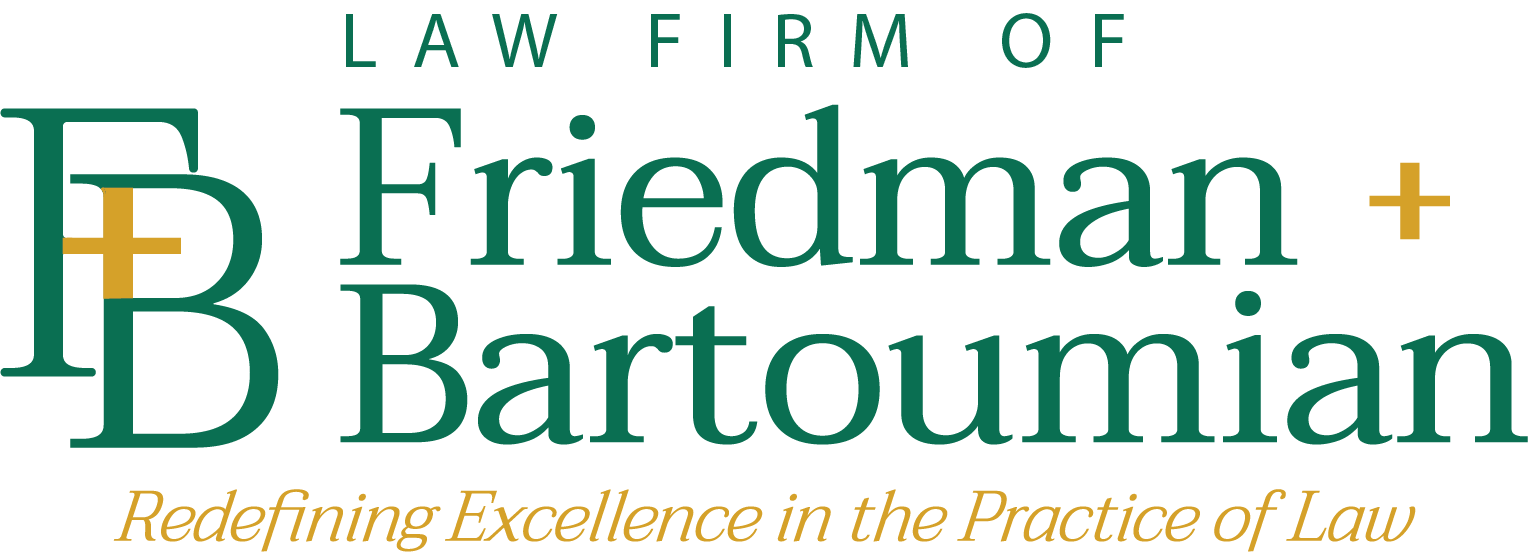
When comparing the job requirements of today’s workers’ compensation claims adjuster to those of yesteryear, the difference is like night and day. Thirty-years ago, a claims adjuster was a jack of all trades. Adjusters of that era would handle all types of comp claims. An adjuster’s inventory consisted of med-only, indemnity and death cases. In addition, the adjuster would oversee medical care, subrogation, contribution, investigation, litigation, and vocational rehabilitation. Those adjusters were required to learn every aspect of workers’ compensation. To that end, after-work educational programs were available for adjusters to attend. Every adjuster was expected to attend these classes and to do so without pay. It was truly something to behold; however, in the late 1990’s the world of workers’ compensation claims handling forever changed when specialization was introduced to the claims industry.
The changes all began in the 1990’s at American International Group (AIG), where claims were divided up and departmentalized into specialized claims units. For example, medical-only claims all went to one unit for handling; lost time to another; death claims to yet another group; subrogation, investigation, and rehabilitation claims were also divided up into specialized groups. By way of example, presume 5 medical-only adjusters handled all the M-O claims in a particular office. The belief was that any one of these 5 adjusters in the unit could pick up any M-O file and handle it at a moment’s notice. The same format applied to lost time claims as well. The rationale for establishing claims units was to minimize the impact should a claims adjuster unexpectedly leave the company. If a claims unit suddenly found itself one or two adjusters short, then presumably anyone in the unit could handle the unattended files with minimal interruption, as everyone in that unit performed the same tasks. This idea soon caught on at other companies and specialization became the norm. Gone were the days when a claims adjuster handled all aspects of a file.
Specialization achieved success but it came with a high price tag as claims adjusters had a more difficult time obtaining the necessary education and skills for promotion to a higher-level claim’s unit. Education and on-the-job training were reduced once specialization occurred. To this very day lost time and medical-only adjusters normally do not receive education on handling catastrophic or death claims, nor are they provided training on subrogation, medical-management, or litigation techniques. They are also deprived of on-the-job learning experience as they are not assigned files outside their unit’s specialty. All too often promotions are attributed to another adjuster’s unexpected resignation. When this occurs, newly promoted adjusters are thrown into the deep end of the pool with very little training. They learn their new duties by working on live files and by seeking advice from co-workers and defense counsel.
When a company divides its claims staff into specialized units, not only should each unit member receive specialized education, but the company should also provide comprehensive claims training as well to prepare the adjuster for promotion. Here at Friedman + Bartoumian we are available to assist in your training needs, as we live up to our slogan of “For the Best Defense.” We offer education for both specialized claim units and all-around comprehensive training as well. We are here to help fulfill your needs.


 The Death Benefit Paradox: A 60-Second Seminar in Workers’ Compensation Claims Handling
The Death Benefit Paradox: A 60-Second Seminar in Workers’ Compensation Claims Handling
Leave a Reply